How do animals react to solar eclipses?
It seemed like such a simple question. It wasn’t. And trying to answer it led me—to my great delight—down some of the odder byways of eclipse scientific literature. The existing information on animals and eclipses is (at least in the English-language resources I searched) largely anecdotal, which, of course, means it’s thin on hard science.
Fortunately, thanks to the ubiquity of mobile technologies and the ability to crunch large amounts of data, scientists are finally beginning to gather enough data to start filling in the gaps.
In my search, I found that while most eclipse anecdotes of the past may lack quantitative data, they are enormously rich in keenly observed and documented details. There are the “nervous” hippos on the Zambezi River in Zimbabwe and “weird” totality-related behavior in llamas of the Bolivian Altiplano, a “bewildered” ground squirrel at a Sonoma County vineyard, and those ducks that each stood on one leg, and, according to an observer, “looked sad” during the darkest minutes of an eclipse in Galveston, Texas in 1878.
But I’m getting a little ahead of myself.
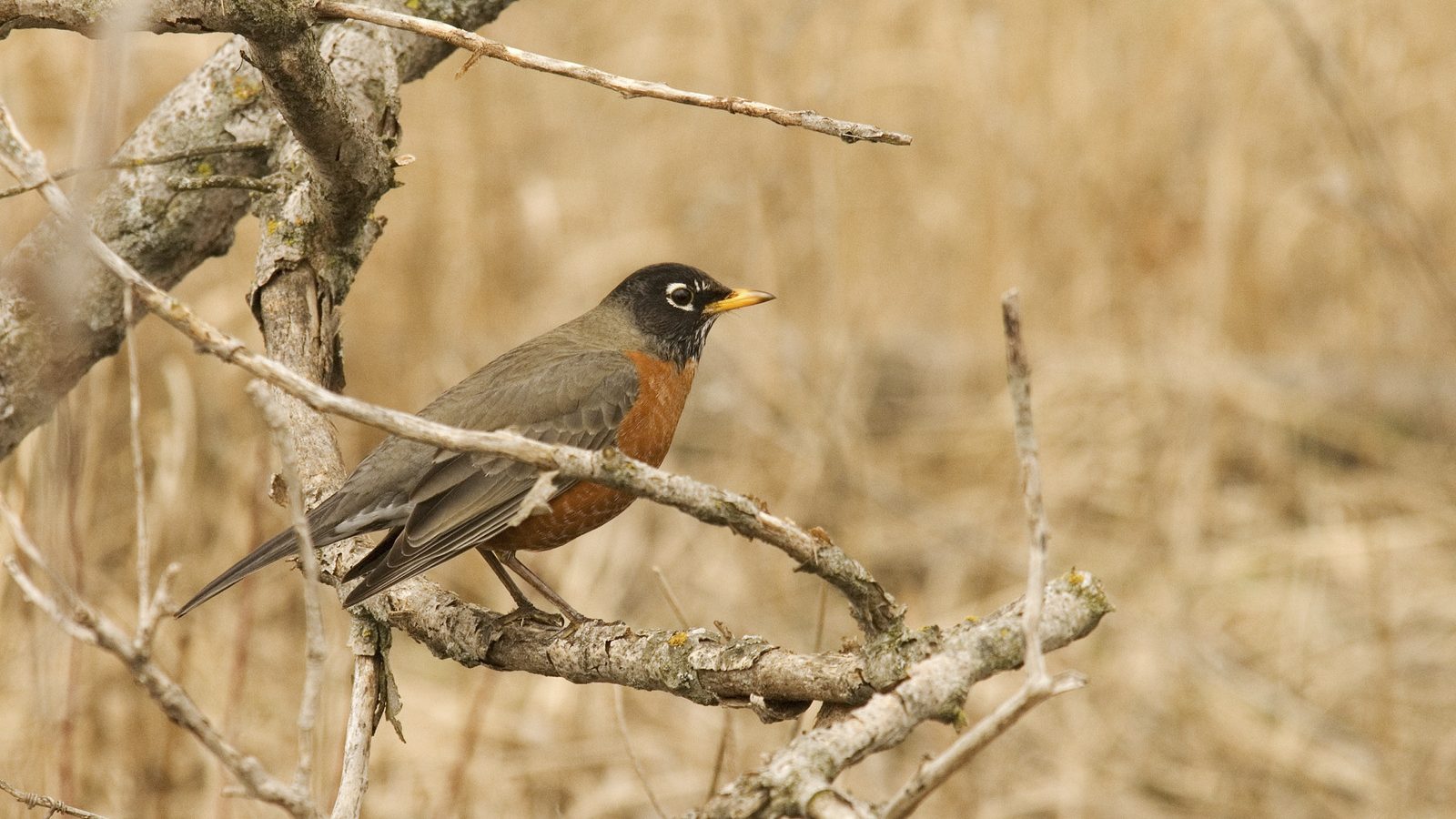
Let’s start with the story of “The Eclipse, the Startled Robins and the Bewildered Ground Squirrel” because it illuminates a couple of key challenges that have plagued species-based eclipse research, apparently, since pretty much always. Well, at least, until the last few years, but we’ll get to that shortly, too.
For the moment, we’re going to take a quick tour of solar eclipses past, starting at a vineyard in Sonoma County, California on hilly ground between the Russian River and Dry Creek in January 1889.
The Unrealized Opportunity
Our guide for this part of the tour is noted ornithologist Walter E. Bryant whose “Ornithological Observations During the Total Solar Eclipse of January 1889” was published on March 1, 1890
What first caught my interest was the way Bryant begins his piece: a short lament that while astronomers had seen the January eclipse as important and prepared diligently “to secure valuable observations and data from various localities,” ornithologists had apparently failed to appreciate that they might do the same thing. Or as, Bryant put it more poetically, they “missed the opportunity to observe the effect upon birds of the sudden obscuring of the sun.”
This sense of missed, or maybe it should more fairly be called “unrealized,” opportunity to study species during an eclipse is a thread that spins out through much of the literature I surveyed, from the 17th century to the beginning of the 21st.
Essentially, with some exceptions, eclipse science is—and has always been—focused almost exclusively on the sky, which makes sense. Eclipses begin and end with the sun and the moon, after all.

Another challenge to species observation is the variable nature of eclipses. They happen all over the world at different intervals with differing coverages of totality. All that variability has made it difficult and prohibitively expensive for scientists to collect quantitative, coordinated species data that can be compared and analyzed over space and time.
Right now, there’s no baseline for comparisons, not enough similar data to reveal patterns or other detail that would offer new insight on how solar eclipses affect the other creatures that share the planet with us.
Startled Robins and a Bewildered Ground Squirrel
But, thankfully, there have always been Walter Bryants who take an opportunity and make the most of it. Bryant’s observations, as published, are precise, time-based and descriptive, and cover several hours before, during and after the eclipse. He is knowledgeable about the birds he’s hearing and seeing—mostly robins and blackbirds, with a few Audubon’s warblers—as well as their normal behaviors.
The robins and blackbirds, he observed, stopped singing and began to give “startled calls” as the totality approached. The darkness lasted for 50 seconds at his location, and “was,” he writes, “accompanied by an awful stillness.” There was no bird sound at all—except for the “faint chirp of a goldfinch flying overhead and suggestive of a bird migrating at night.”
But Bryant didn’t limit himself to birds. He was interested in all observed animal behavior during the eclipse, and a ground squirrel “with his cheek pouches crowded full of corn,” standing “bewildered” by his hole piqued Bryant’s interest. He considered the behavior odd enough to note it because his experience of ground squirrels was that they shied from people and were difficult to approach. During the eclipse, however, this particular ground squirrel was apparently so non-plussed that he allowed Bryant to approach within 10 feet of him and “didn’t seem to notice.”
While anecdotal, Bryant’s observations fit into the overall pattern that runs through most animal and eclipse stories. Some animals do appear to have marked reactions, especially to totality, but for years scientists, even though they had the interest, lacked the capabilities, technologies and tools necessary to coordinate specific large-scale, on-the-ground species observations during an eclipse.
Which bring us to the second stop on our tour, where we fast forward about 100 years from Walter Bryant to June 2001 along the Zambezi River in Zimbabwe with a maternal pod of hippos, about 250 volunteer naturalists, and Paul Murdin, the astronomer who discovered the first black hole.
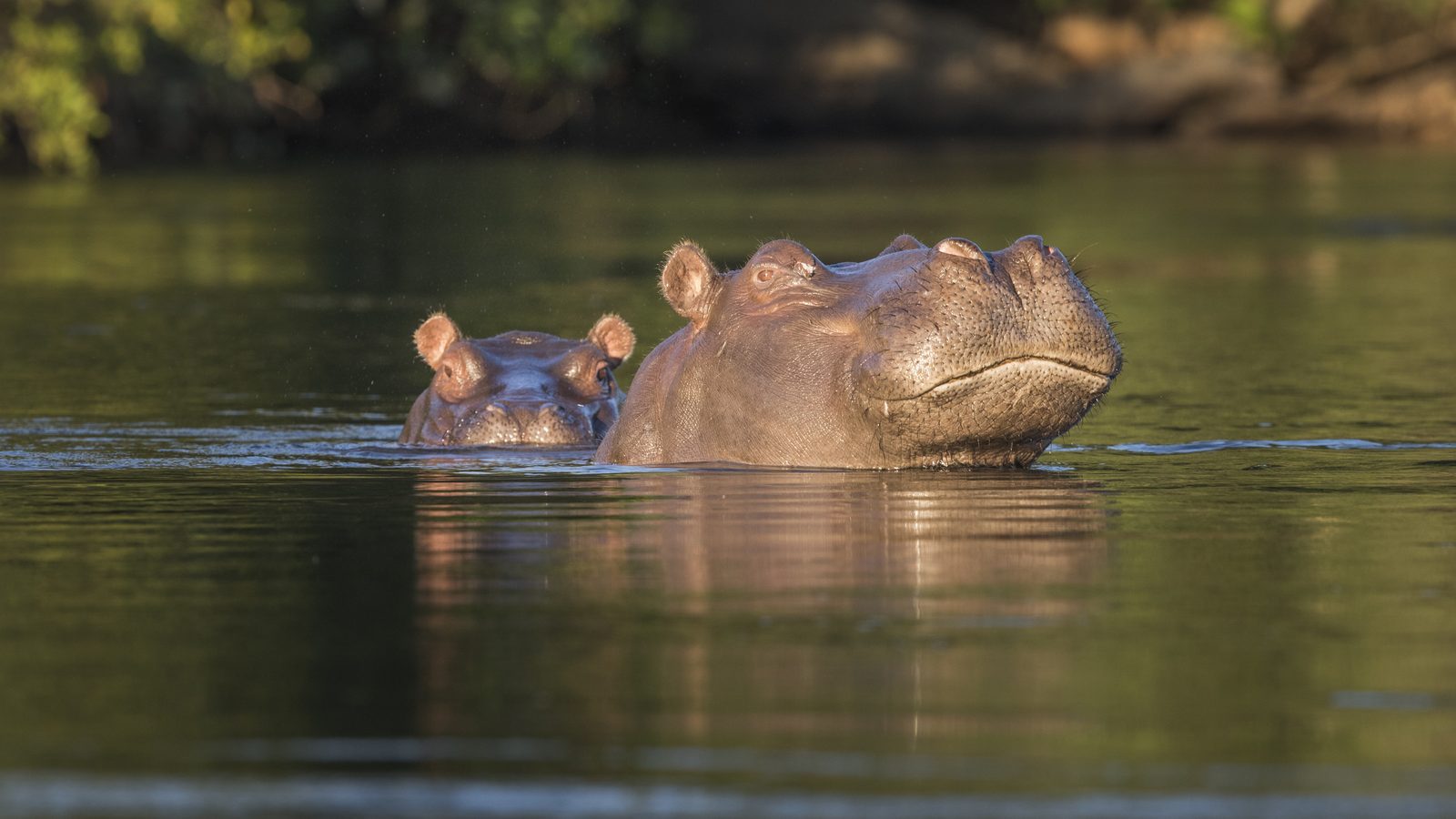
The Realized Opportunity
As Murdin recounted in a piece he wrote for the August 2001 issue of Astronomy and Geophysics, he divided his time between observing the eclipse and observing the behavior and reactions of a maternal pod of hippos living in Mana Pools National Park. He was joined by 250 volunteer naturalists from Wildlife and Environment Zimbabwe (WEZ), who spread across 50 kilometers to make concurrent field observations of African wildlife over “the three days centered on the eclipse.”
Murdin believed the project was “the first systematic study of its kind,” and involved hundreds of skilled volunteers dispersing across different habitats in small groups of two or three. Their three-day field assignment: to record animal behavior over “periods at sunset and sunrise, and across the eclipse time to form a controlled series, which might show animal reaction to the eclipse.”
It only took a century, but Walter Bryant’s opportunity to observe the “effects of the sudden obscuring of the sun” was finally realized across a large geography and a wide array of species, including birds. And I think he’d appreciate that it was an astronomer who helped eclipse science take such a large leap from sky to species.
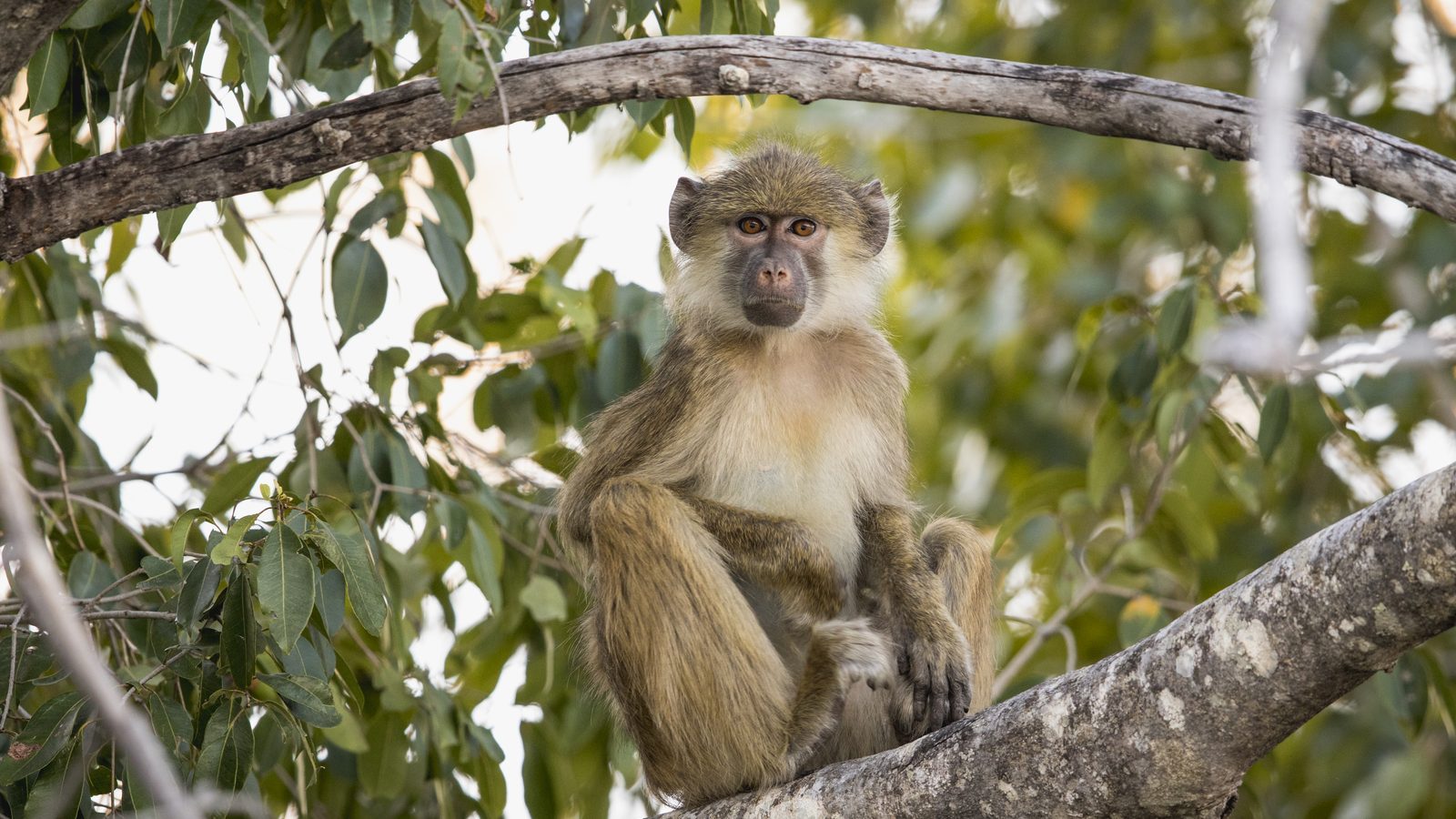
Nervous Hippos, Stoic Lions and Matter-of-Fact Baboons
For his assignment, Murdin observed a pod of hippos (mostly females and juveniles, and a single large, dominant male) who tended to spend their days sleeping on a sandbar and their nights grazing on the river banks. On the day of the eclipse, Murdin recorded, as the light darkened, the hippos started making their way to the river bank like they did every evening.
But the totality only lasted three minutes, and the sunlight returned before any of the animals had made it to the river bank. The hippos paused and “looked nervous.” Murdin thought they seemed uncertain, as if they were confused by the disruption, and recorded that they stayed in river for the rest of the day, “eyes and ears alert above the surface.”
Other observers in different parts of the park reported that, as the eclipse darkened, many birds, including egrets, oxpeckers, ibis, and trumpeter hornbills stopped feeding and “set off for their nests.” When the light returned to their feeding grounds, so did they. However, other birds, like herons, showed no reaction to the eclipse and apparently went about their day, unruffled and unconcerned.
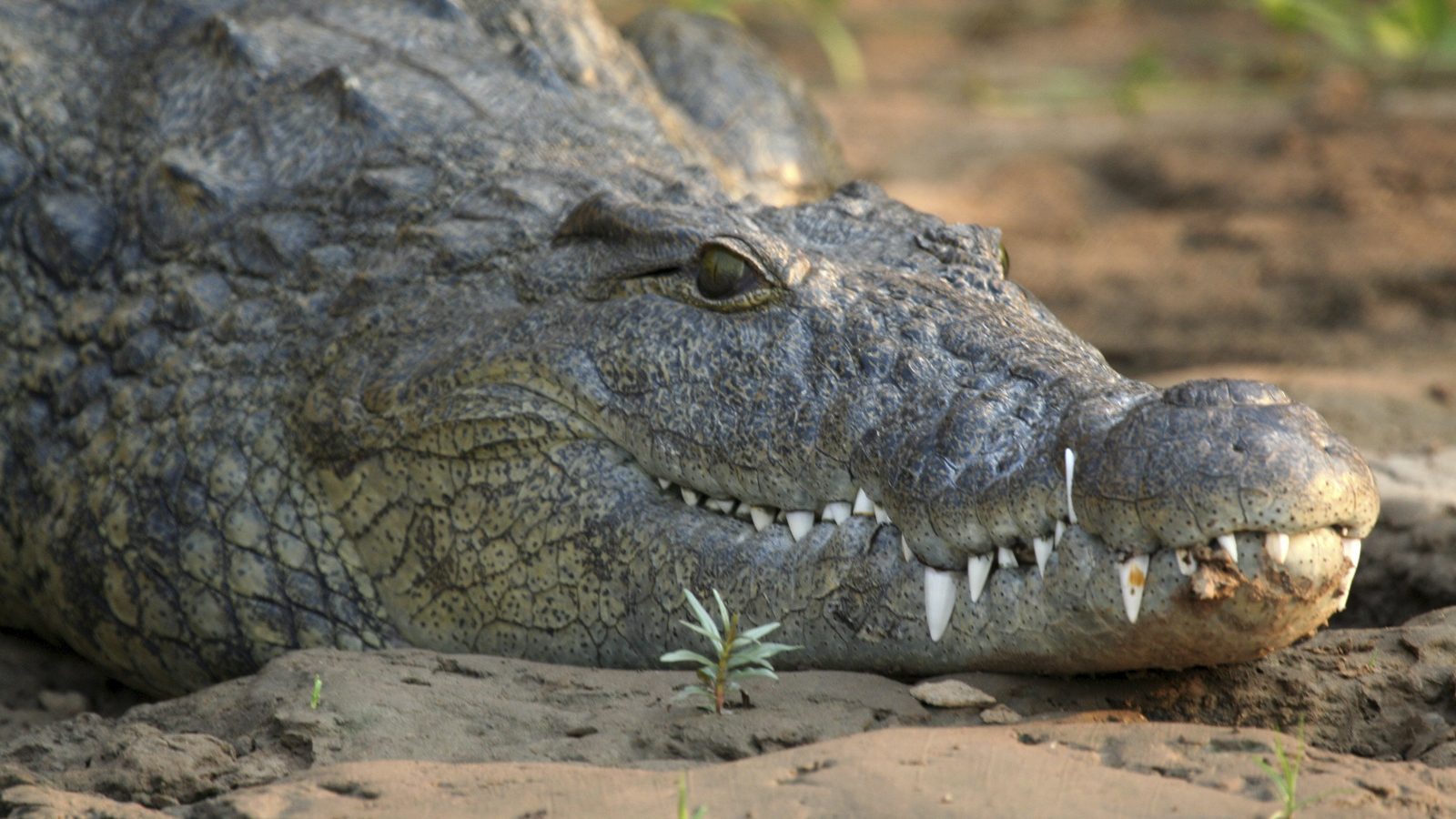
The same relative indifference to the eclipse was observed in other species as well. According to Murdin, “warthog, crocodiles, zebras, eland, waterbuck” and a “stoic lion pair” reportedly showed no “obvious reaction” to the changes in light and temperature. The baboons, however, were a slightly different story.
As the eclipse progressed, they “stopped feeding” and observers speculated that they might be heading to their roosting sites. But as soon as sunlight returned, they settled down right were they were and went back to whatever amounts to business as usual for baboons. Baboons, Murdin noted, are “rather matter-of-fact.”
And while the work at Mana Pools marked an important milestone for field research into different species’ reactions to solar eclipses, it still covered a relatively small geographic area. Of course, that was then—before smart phones and social media and a hyper-connected world. This is now, and if you want to contribute to eclipse science all you need is willingness, a couple of apps or links, a touch of curiosity, and you’re good to go.
This is a potential opportunity at a scale that Walter Bryant could not even dream of, and one that happens only rarely. So do your part for science. Get out there and make Walter Bryant and Paul Murdin, and all those who came before them, proud. Make sure you practice eclipse safety!
8 April 2024: Solar Eclipsapalooza in the U.S.A.
There are many great web resources for people who want to help scientists gather data and research during the eclipse. Even if you’re not in the path of the totality, you can still contribute data to the research cause.
In the U.S., NASA has a lengthy list of projects citizen scientists can contribute to, depending on interest and location. There is something for every skill level, some projects you can do with just the phone in your pocket.
On iNaturalist (one of our favorite apps here at Cool Green Science), you can sign up to participate in Life Responds that will aggregate the massive amounts of observations collected during the eclipse. During the last solar eclipse, in August 2017, iNaturalist and the California Academy of Sciences partnered to collect data and observations. For the 2024 eclipse, researchers are hoping to add to the data.
You can scroll through observations from the 2017 eclipse. The links include notes on people who observed animals at the zoo, chickens in their backyards, black bears, humpback whales and an alligator that (spoiler alert) did not seem at all concerned about the sudden and short-lived darkness.
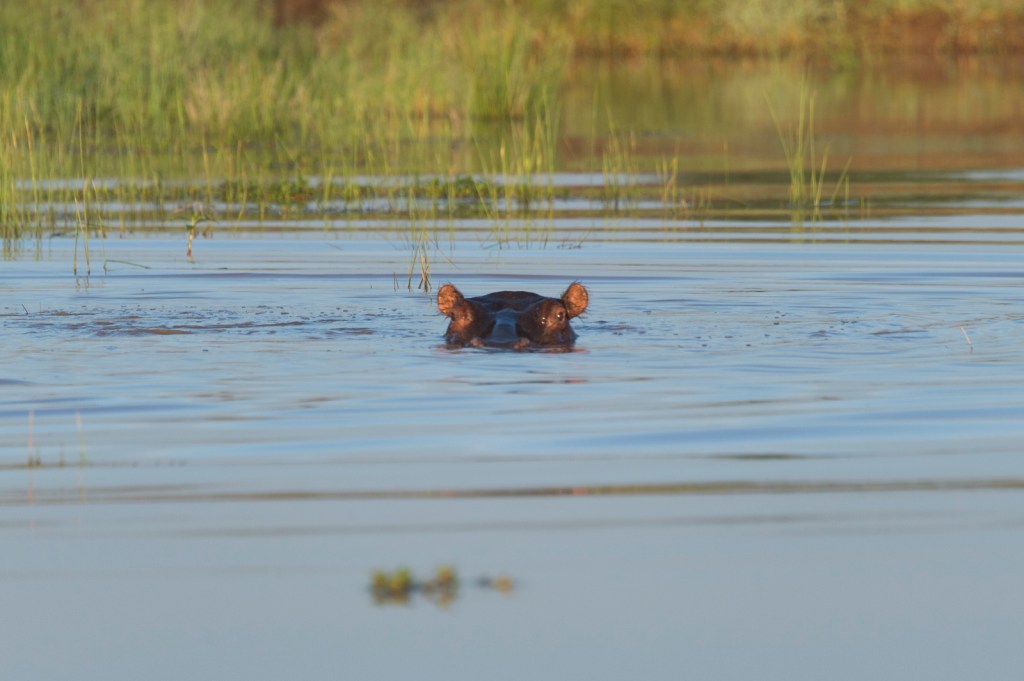



I found this article so amazingly interesting. The exciting thing about science is, how we can discover there is still so much to learn! All it takes to begin is a good measure of curiosity & attentiveness- and of course, it’s best I think, to peak through the eyes of others also. Perspective can change any vista, & varied observations tend to lend itself to a fuller & more complete picture. Gathering facts & recording observations are the building blocks of knowledge. Yes, I found article stimulating, as science is an exciting journey & can be applied to all persons should they desire to learn new things while willing to be amazed.
Sounds VERY interesting, and I’ll be observing animals here in Rochester, N.Y.!–and taking notes.